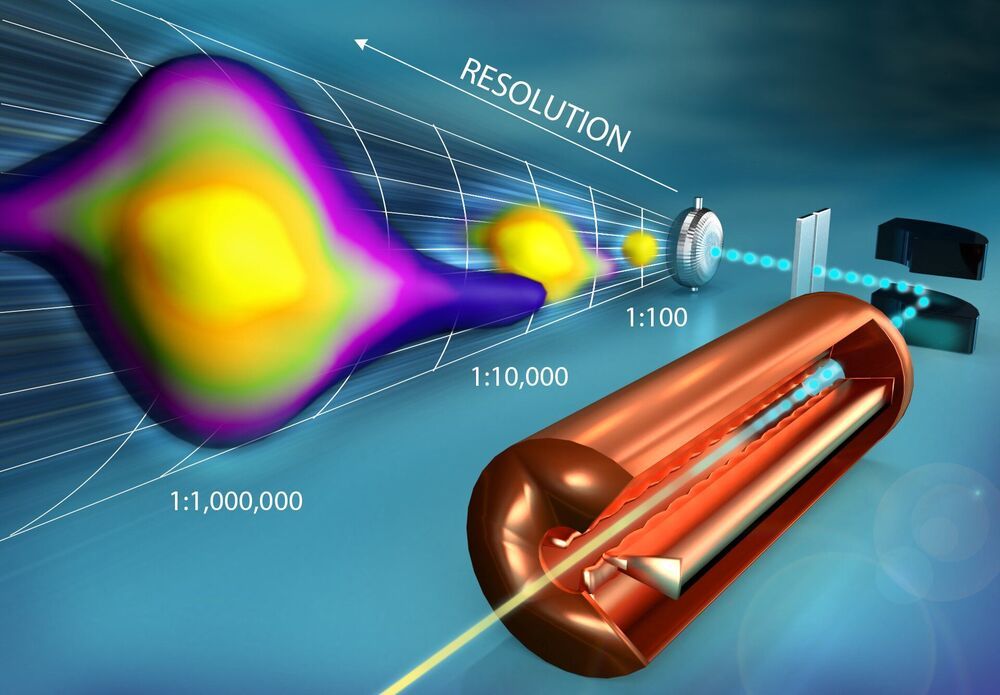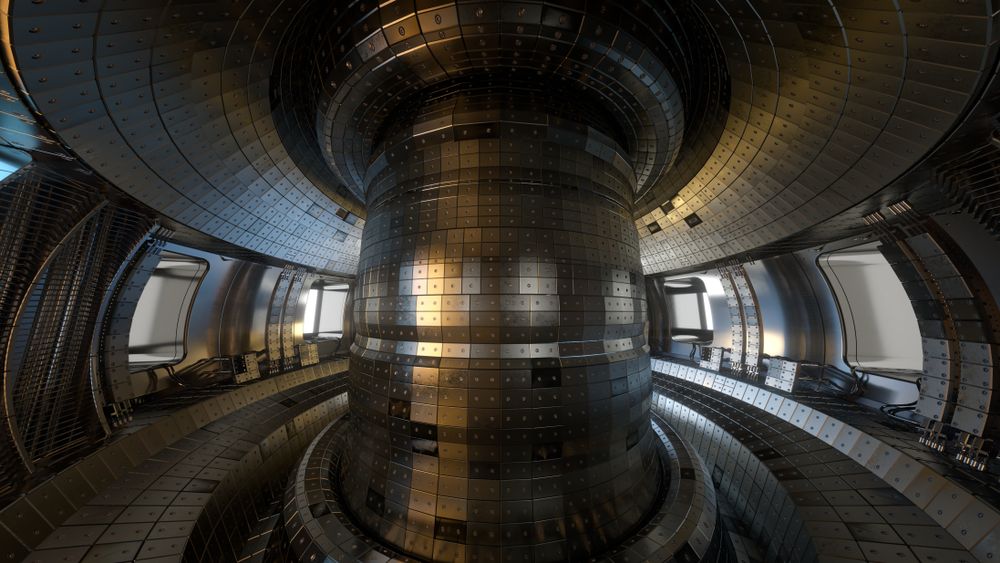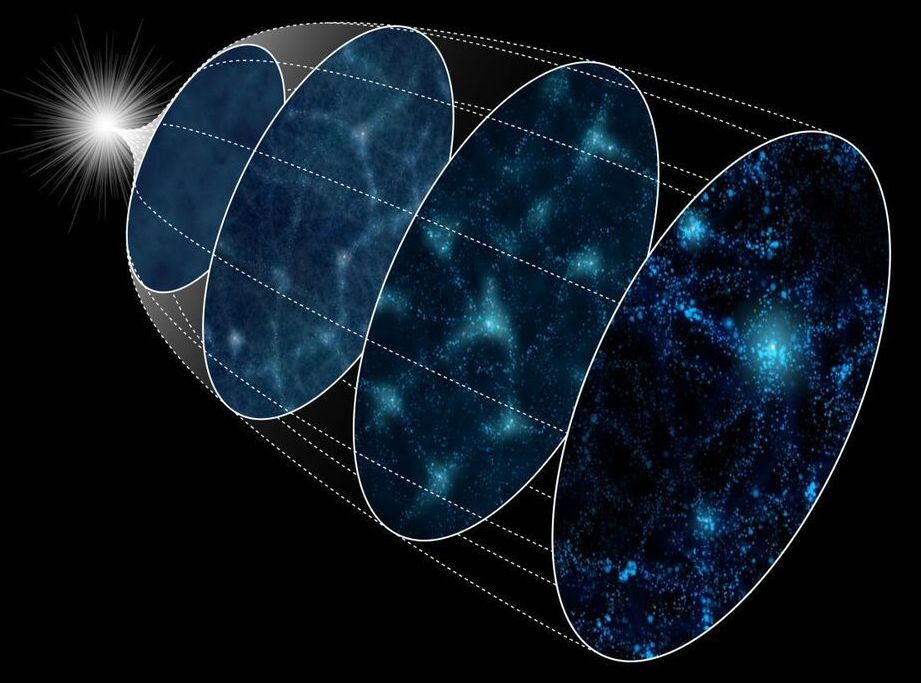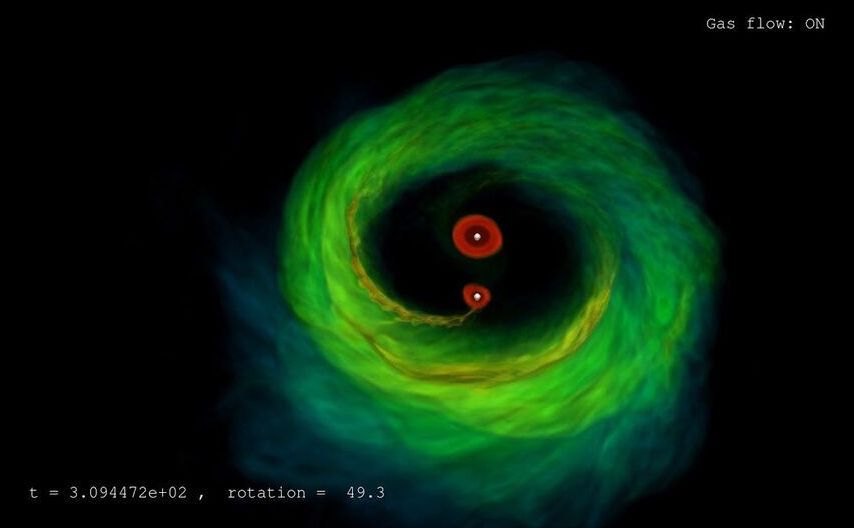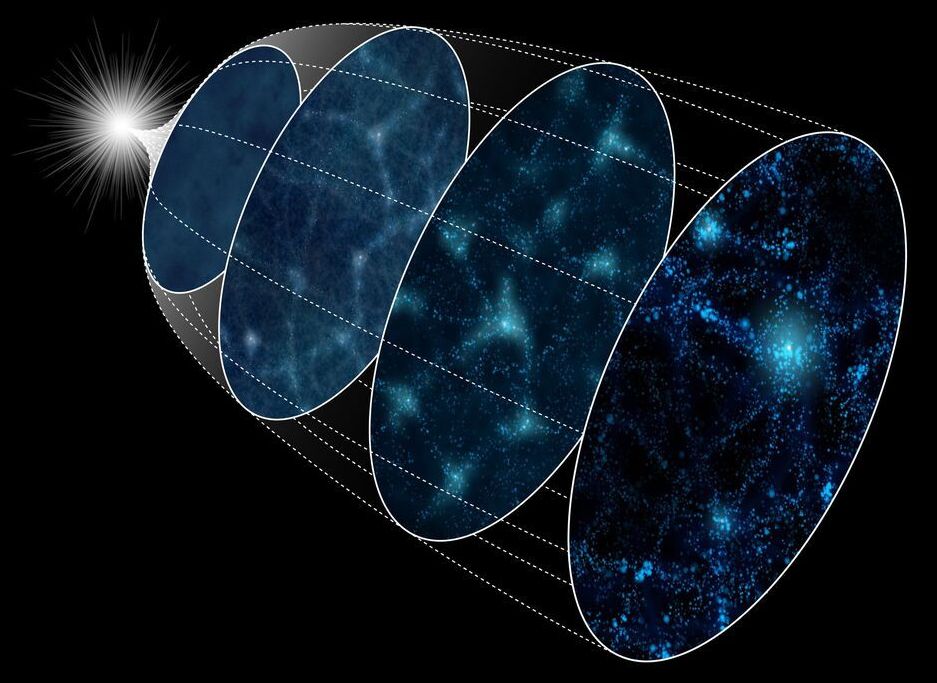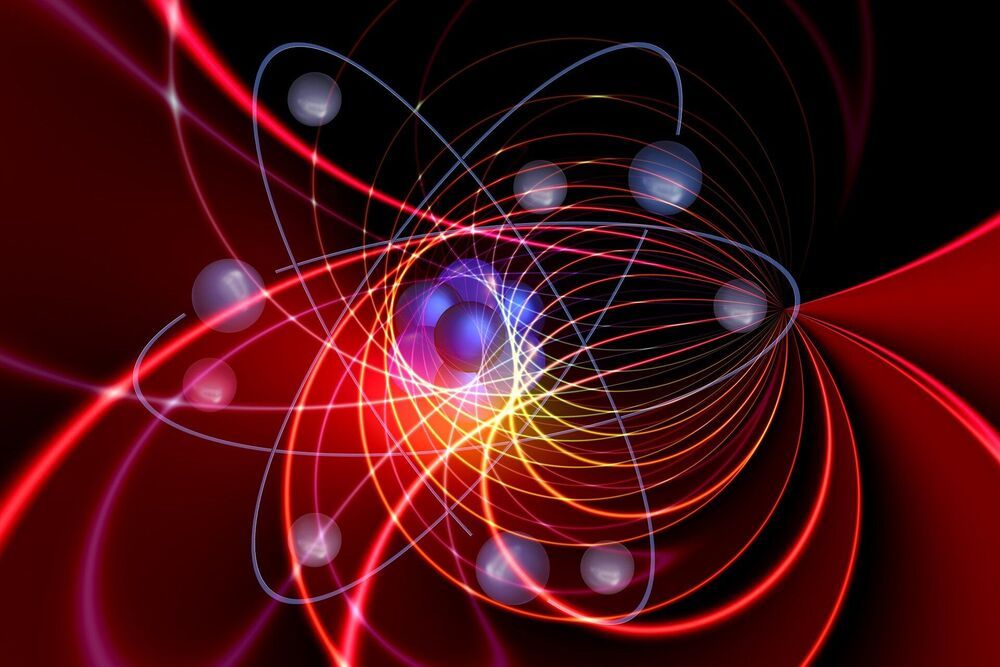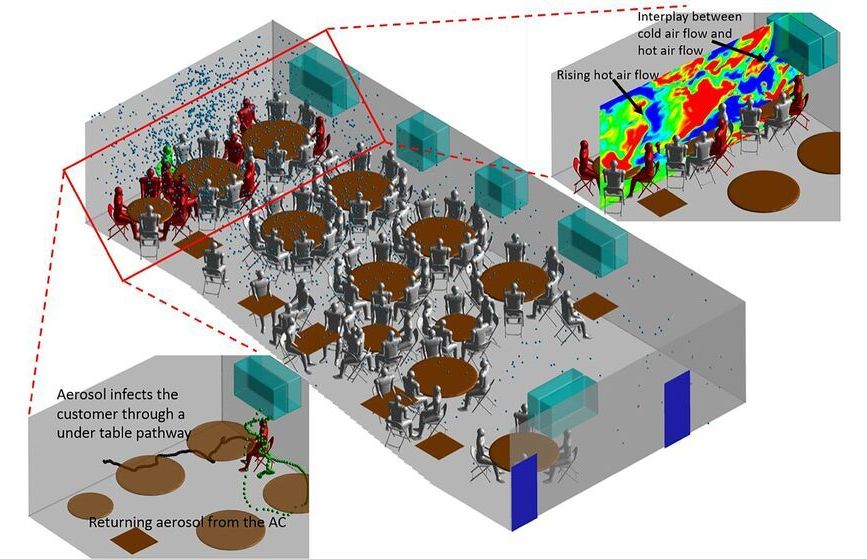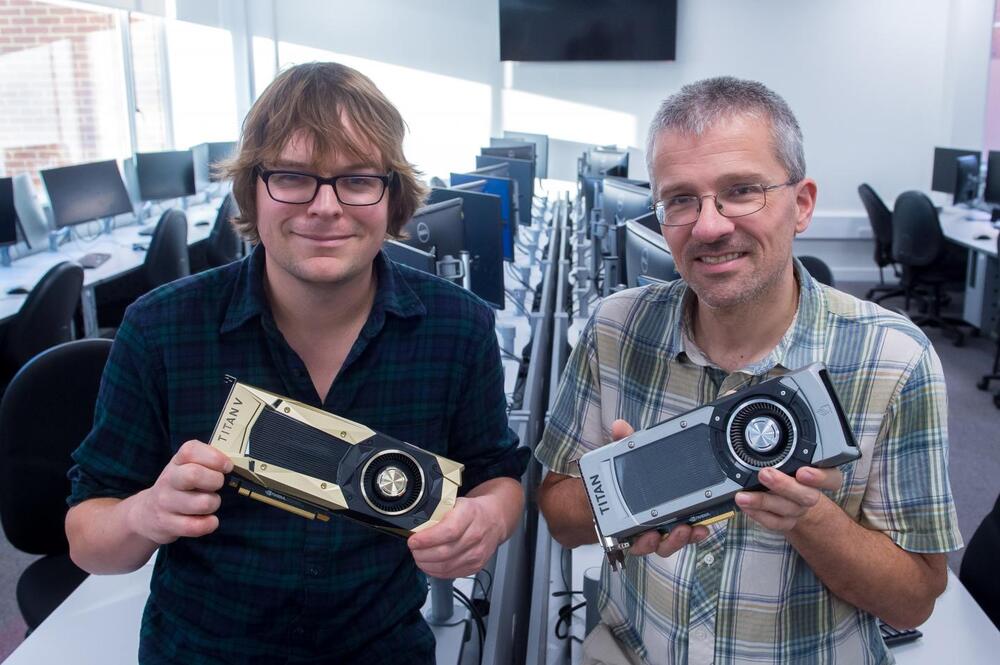Mar 7, 2021
In the Race to Hundreds of Qubits, Photons May Have “Quantum Advantage”
Posted by Genevieve Klien in categories: particle physics, quantum physics, supercomputing
Canadian startup Xanadu says their quantum computer is cloud-accessible, Python programmable, and ready to scale.
Quantum computers based on photons may have some advantages over electron-based machines, including operating at room temperature and not temperatures colder than that of deep space. Now, say scientists at quantum computing startup Xanadu, add one more advantage to the photon side of the ledger. Their photonic quantum computer, they say, could scale up to rival or even beat the fastest classical supercomputers—at least at some tasks.
Continue reading “In the Race to Hundreds of Qubits, Photons May Have ‘Quantum Advantage’” »


